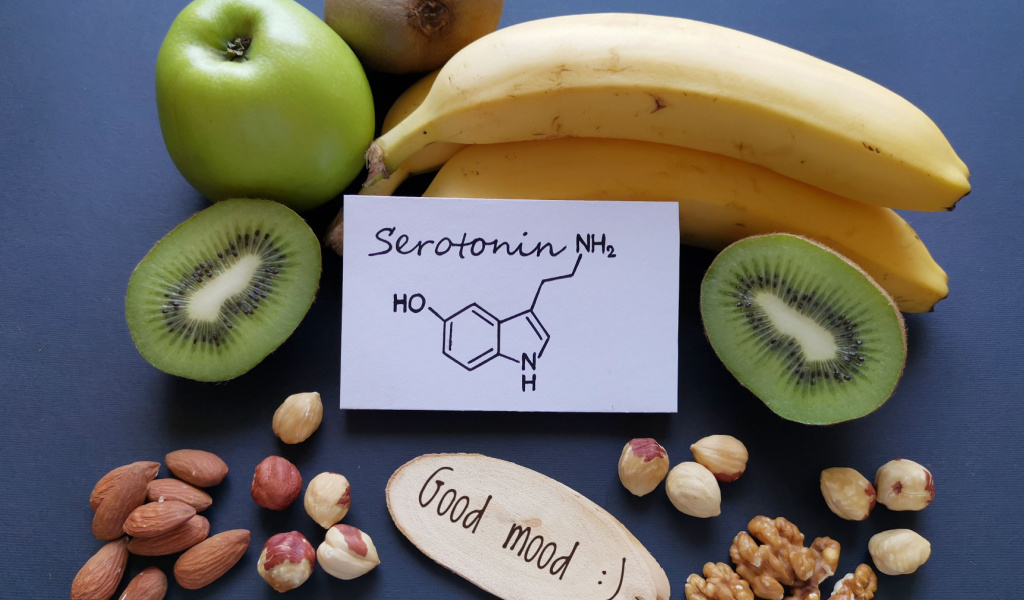Lactose intolerance is the body’s inability to digest lactose, i.e. milk sugar. This happens when the body makes insufficient amounts of lactase, the enzyme that breaks down lactose. Lactose intolerance manifests as digestive complaints: nausea, diarrhea, gas, and abdominal cramps. Symptoms generally occur 30 minutes to two hours after ingesting dairy products. The severity of lactose intolerance varies greatly from person to person. For some, only large amounts of lactose trigger symptoms, while in others, even small amounts can produce unwelcome side effects.

Who Has Lactose Intolerance?
More than 70 percent of the world’s adult population is lactose intolerant to some degree or another. Despite how common the condition is, many people don’t know they suffer from it, instead blaming their digestive woes on other sources. Generally speaking, Native American, Asian, African, and Hispanic peoples are more likely to be lactose intolerant than Europeans, though the condition can affect anyone. Also, adults and older children are more likely to suffer from lactose intolerance than younger children. Lactose intolerance runs in families, so a person with a parent who suffers from the condition has a greater likelihood of also developing it later in life. It is also possible to develop lactose intolerance after an injury to the small intestine: the place where lactase is produced.
How Is Lactose Intolerance Diagnosed?
The easiest way to tell whether someone suffers from lactose intolerance is to have him or her ingest milk and then wait 20 minutes to two hours to see if symptoms occur. Another option is the hydrogen breath test. The patient ingests pure lactose and then breath samples are taken periodically over a three to five hour span to check for excess hydrogen or nitrogen: a sign that the intestines are not breaking down lactose correctly. Blood and stool samples can also be used to test for proper lactose breakdown after ingesting lactose. An intestinal biopsy can determine whether there is sufficient lactase in the intestinal tract.
Dealing With Lactose Intolerance
There is no cure for lactose intolerance. The best way to avoid symptoms is to avoid products containing lactose. Another option is to take lactase in pill form when you plan to eat dairy products. Milk and other milk-based products like ice cream and cheese with added lactase are a solution for some. There are also naturally lactose-free cheeses, wherein the process used to turn the milk into cheese also eliminates all or most of the lactose in the milk.
For some people, even this isn’t enough to avoid symptoms. For them, alternative forms of most dairy products can be used in place of the real thing in many recipes. This includes soy and other nut milks and vegetable-based margarine. You can also find alternative-milk-based yogurt, ice cream, cheese, and coffee creamer.



